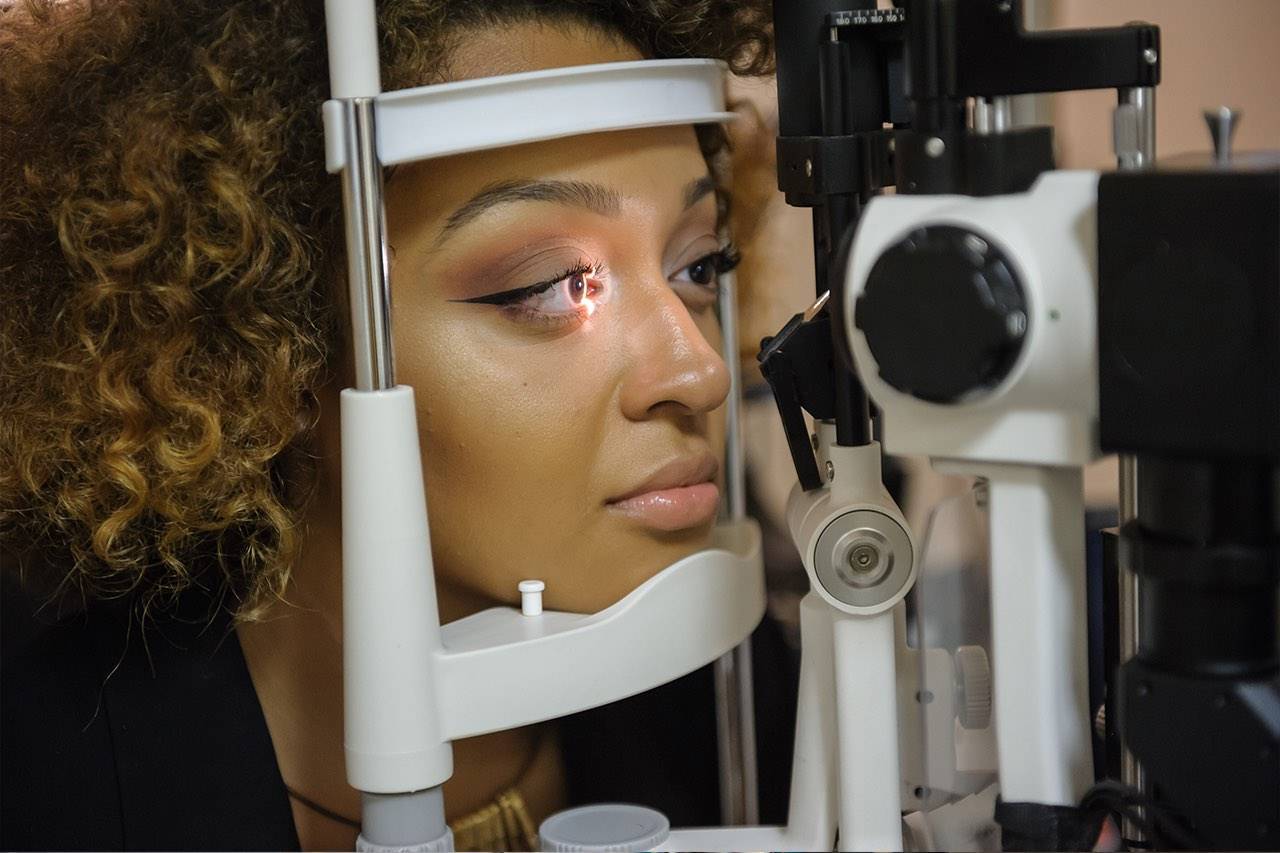Eye Care Services At Ada Vision Center in Boise, Idaho
At Ada Vision Center, our commitment to quality eye care is unwavering. Our comprehensive range of services is designed to cater to all aspects of your eye health and visual well-being. By using the latest techniques and technology, we’re able to provide personalized eye care, preserve your sight and enhance your quality of life.
Comprehensive Eye Care Services at Ada Vision Center
In addition to routine eye exams, we provide emergency eye care services, LASIK co-management, pediatric eye care, and more. At our eye care center, your eye health journey is marked by excellence, empathy, and the pursuit of optimal vision for every patient we serve in Boise.










